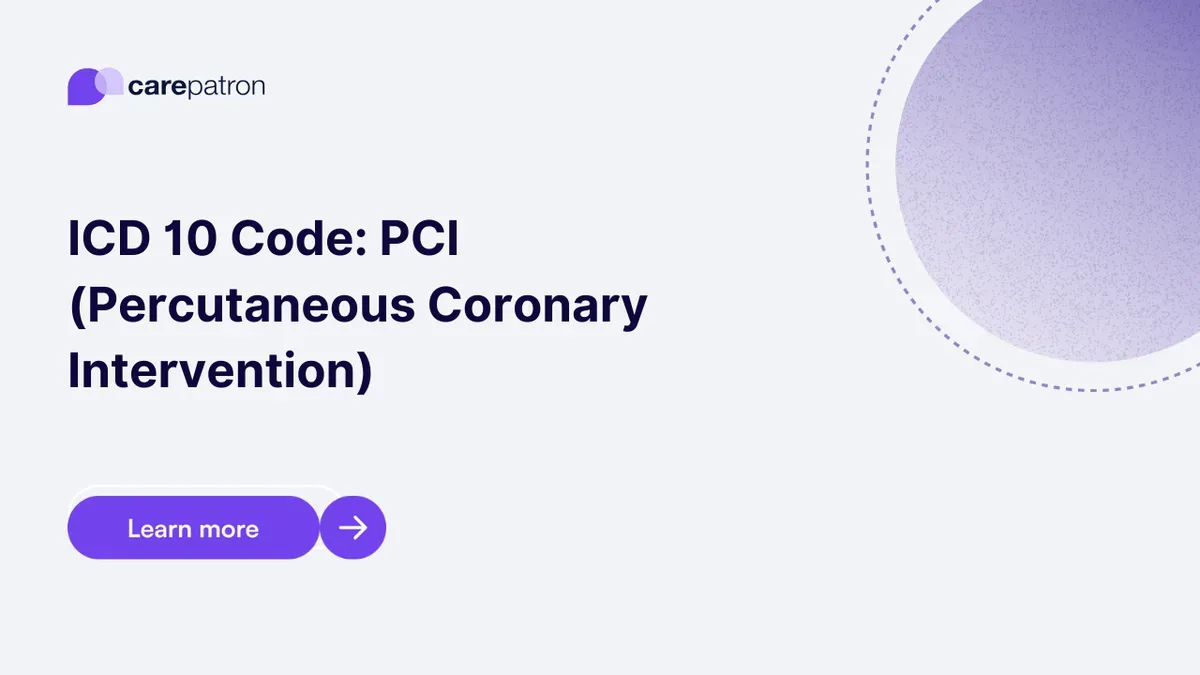
PCI (Percutaneous Coronary Intervention) ICD-10-CM Codes
Dive into the detailed guide on PCI ICD codes for 2023. Explore the codes, their billability, and their clinical significance.
Use Code
Commonly asked questions
Most patients can return to regular activities within a week after the procedure. However, heavy lifting or strenuous exercise may be restricted temporarily.
While PCI can effectively open blocked arteries and alleviate symptoms, it doesn't cure coronary artery disease. Ongoing medical treatment and lifestyle changes are essential to manage the disease.
All medical procedures have risks. For PCI, potential complications include bleeding, blood clots, artery damage, or a heart attack. However, the procedure is generally safe and has a high success rate.
EHR and practice management software
Get started for free
*No credit card required
Free
$0/usd
Unlimited clients
Telehealth
1GB of storage
Client portal text
Automated billing and online payments
